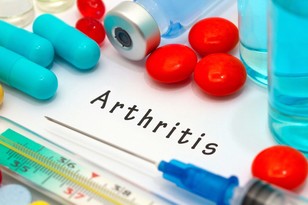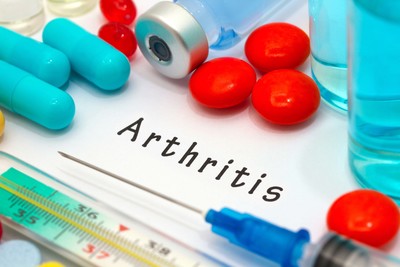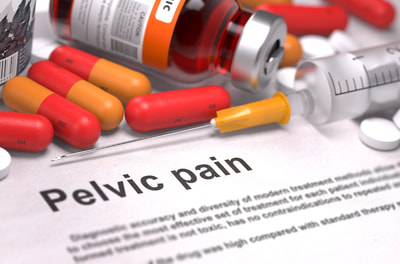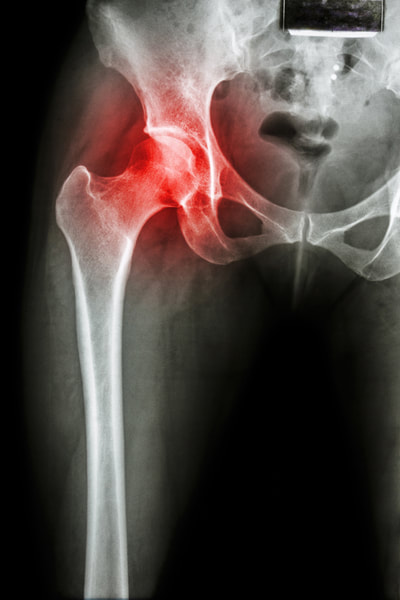DANGERS of NSAIDs [Non Steroidal Anti Inflammatory Drugs]

NSAID's (Non Steroidal Anti Inflammatory Drugs)
Notwithstanding the Iatrogenic nature of the medico-pharmaceutical industry, patients must share some of the blame. When muscular aches and pains arise, the majority of Australians seek a medical quick fix of drugs and/or surgery.
Indeed, most of us have done this; with the advent of information readily available at the press of the keyboard/touch-screen. Perhaps we need to look more closely at the risks involved before seeking medical intervention.
For instance, a person suffering back pain or a headache is usually prescribed NSAID’s (Non Steroidal Anti Inflammatory Drugs), such as Aspirin, Ibuprofen, Celebrex, etc. Although these drugs may diminish the pain, it is often at the expense of a person’s health.
Read below to learn what the unbiased research found about the dangers of NSAIDs:
Notwithstanding the Iatrogenic nature of the medico-pharmaceutical industry, patients must share some of the blame. When muscular aches and pains arise, the majority of Australians seek a medical quick fix of drugs and/or surgery.
Indeed, most of us have done this; with the advent of information readily available at the press of the keyboard/touch-screen. Perhaps we need to look more closely at the risks involved before seeking medical intervention.
For instance, a person suffering back pain or a headache is usually prescribed NSAID’s (Non Steroidal Anti Inflammatory Drugs), such as Aspirin, Ibuprofen, Celebrex, etc. Although these drugs may diminish the pain, it is often at the expense of a person’s health.
Read below to learn what the unbiased research found about the dangers of NSAIDs:

1. The Lancet, which is the world’s most prestigious medical journal reported one side effect of NSAID’s as gastrointestinal bleeding and perforation.
2. Furthermore, Dr Shidrawi, from the Homerton University Hospital in London stated that NSAID’s increased the patient’s chance of dying by 20% if seriously ill, or is over 60 years of age. Additional side effects include spontaneous abortion.
3. A 50% increased risk of renal cell cancer.
4. A 50% increased risk of death for heart attack survivors.
5. Erectile dysfunction, etc..... Click on links below to read original publications.
1. García Rodríguez, L. and H. Jick, Risk of upper gastrointestinal bleeding and perforation associated with Individual non-steroidal anti-inflammatory drugs. The Lancet, 1994. 343(8900): p. 769-772.
2. Nakhai-Pour, H.R., et al., Use of nonaspirin nonsteroidal anti-inflammatory drugs during pregnancy and the risk of spontaneous abortion. Canadian Medical Association Journal, 2011. 183(15): p. 1713-1720.
3. McMillen, M., Study Suggests Increased Risk of Kidney Cancer for Users of Nonsteroidal Anti-inflammatory Drugs. 2011.
4. Schjerning Olsen, A.-M., et al., Long-Term Cardiovascular Risk of NSAID Use According to Time Passed After First-Time Myocardial Infarction: A Nationwide Cohort Study. Circulation, 2012.
5. Gleason, J.M., et al., Regular Nonsteroidal Anti-Inflammatory Drug Use and Erectile Dysfunction. The Journal of Urology. 185(4): p. 1388-1393.
2. Furthermore, Dr Shidrawi, from the Homerton University Hospital in London stated that NSAID’s increased the patient’s chance of dying by 20% if seriously ill, or is over 60 years of age. Additional side effects include spontaneous abortion.
3. A 50% increased risk of renal cell cancer.
4. A 50% increased risk of death for heart attack survivors.
5. Erectile dysfunction, etc..... Click on links below to read original publications.
1. García Rodríguez, L. and H. Jick, Risk of upper gastrointestinal bleeding and perforation associated with Individual non-steroidal anti-inflammatory drugs. The Lancet, 1994. 343(8900): p. 769-772.
2. Nakhai-Pour, H.R., et al., Use of nonaspirin nonsteroidal anti-inflammatory drugs during pregnancy and the risk of spontaneous abortion. Canadian Medical Association Journal, 2011. 183(15): p. 1713-1720.
3. McMillen, M., Study Suggests Increased Risk of Kidney Cancer for Users of Nonsteroidal Anti-inflammatory Drugs. 2011.
4. Schjerning Olsen, A.-M., et al., Long-Term Cardiovascular Risk of NSAID Use According to Time Passed After First-Time Myocardial Infarction: A Nationwide Cohort Study. Circulation, 2012.
5. Gleason, J.M., et al., Regular Nonsteroidal Anti-Inflammatory Drug Use and Erectile Dysfunction. The Journal of Urology. 185(4): p. 1388-1393.



